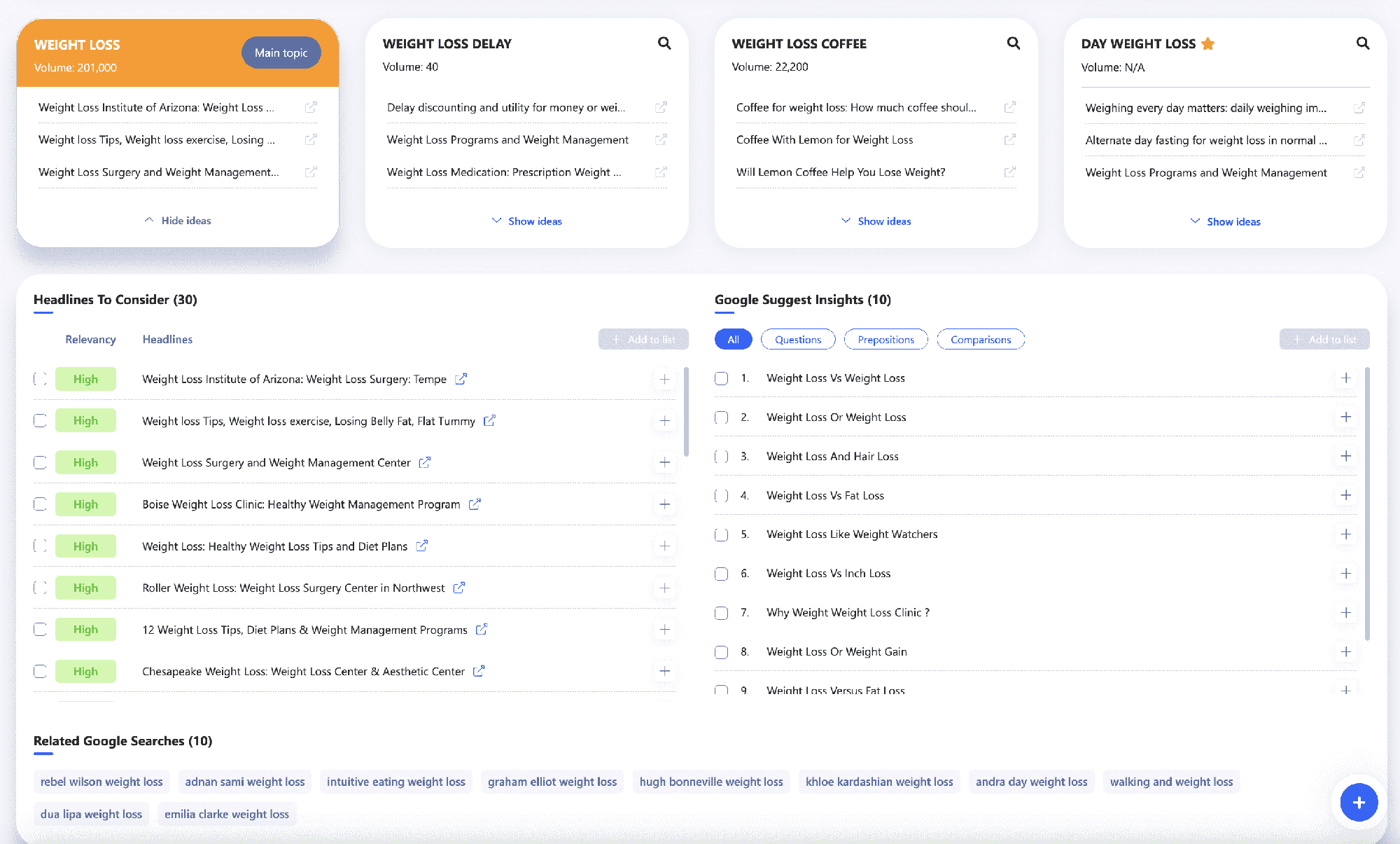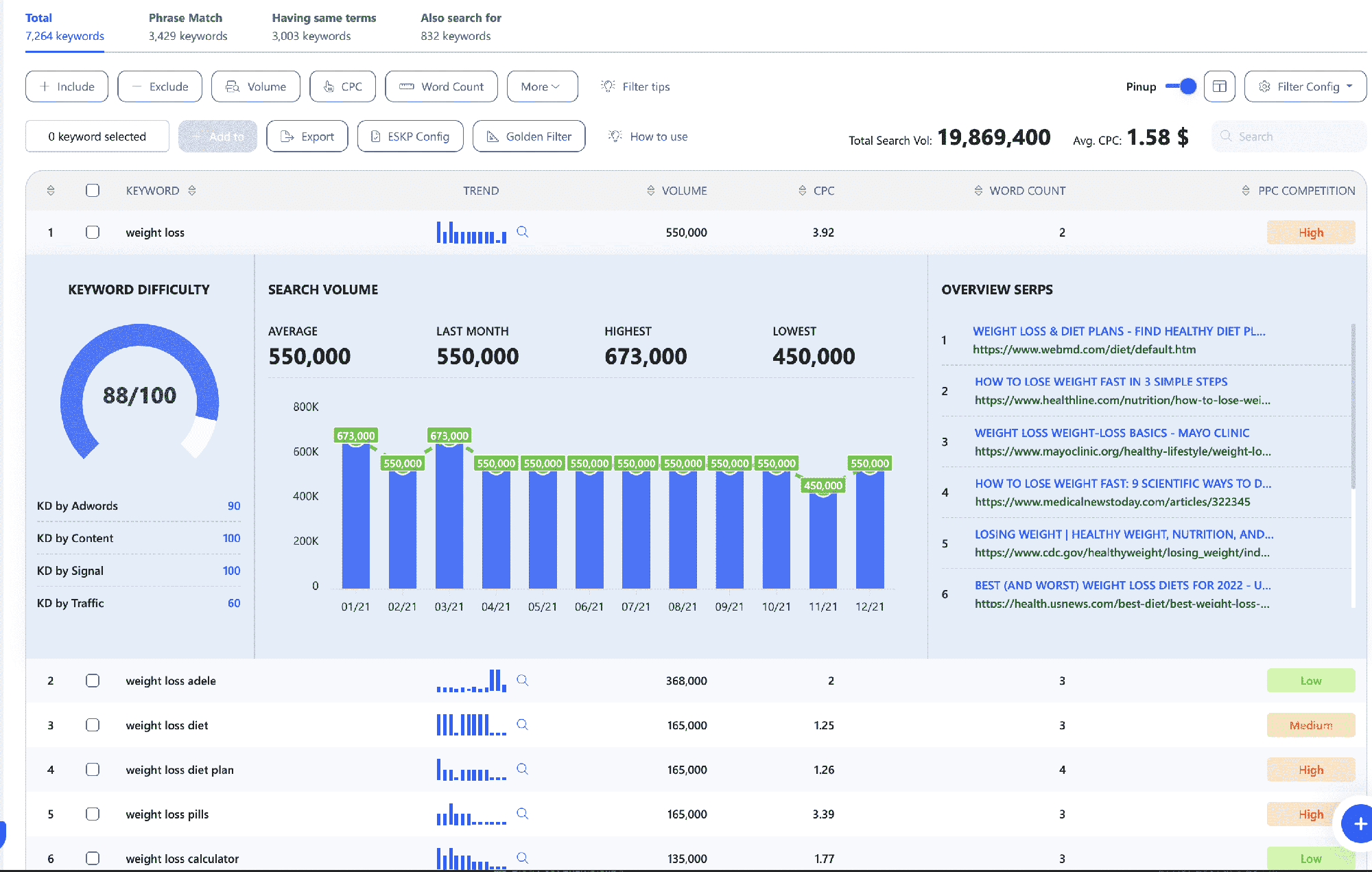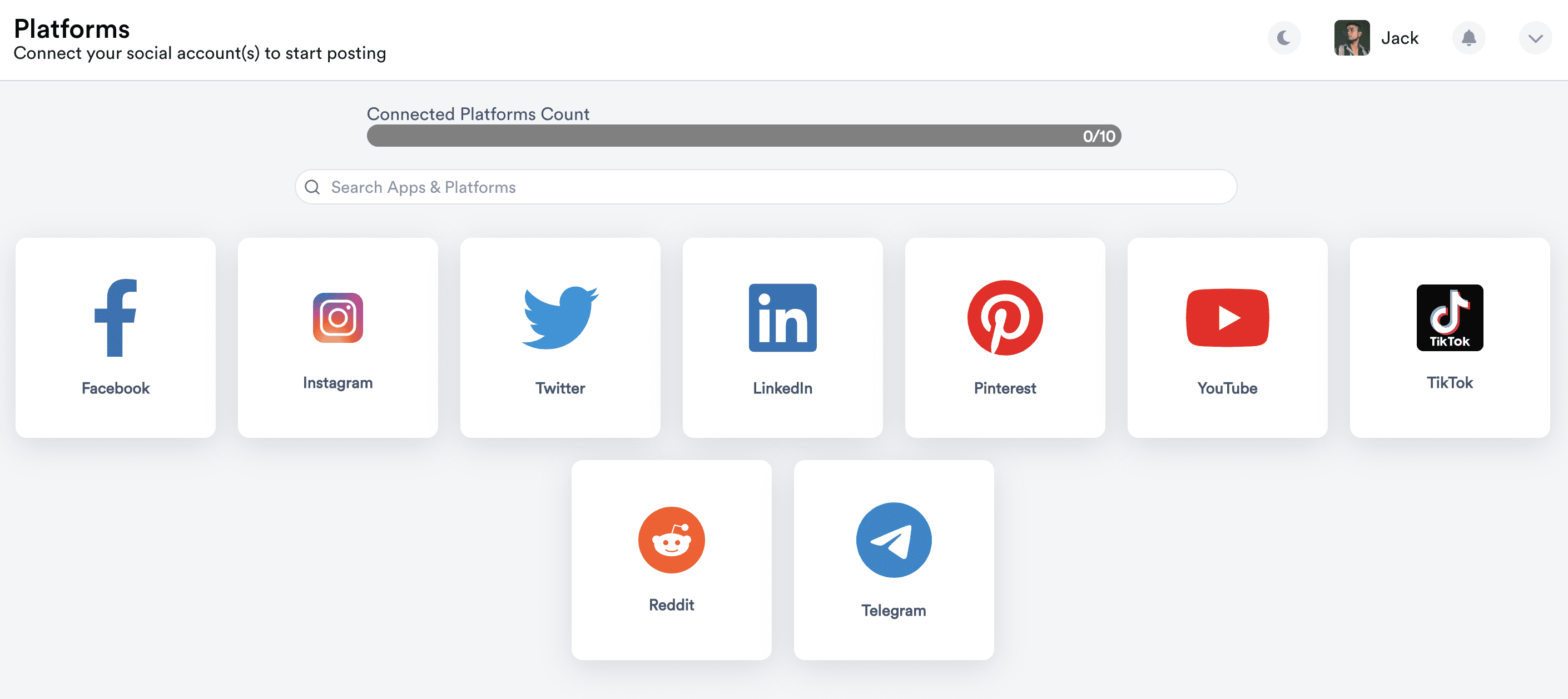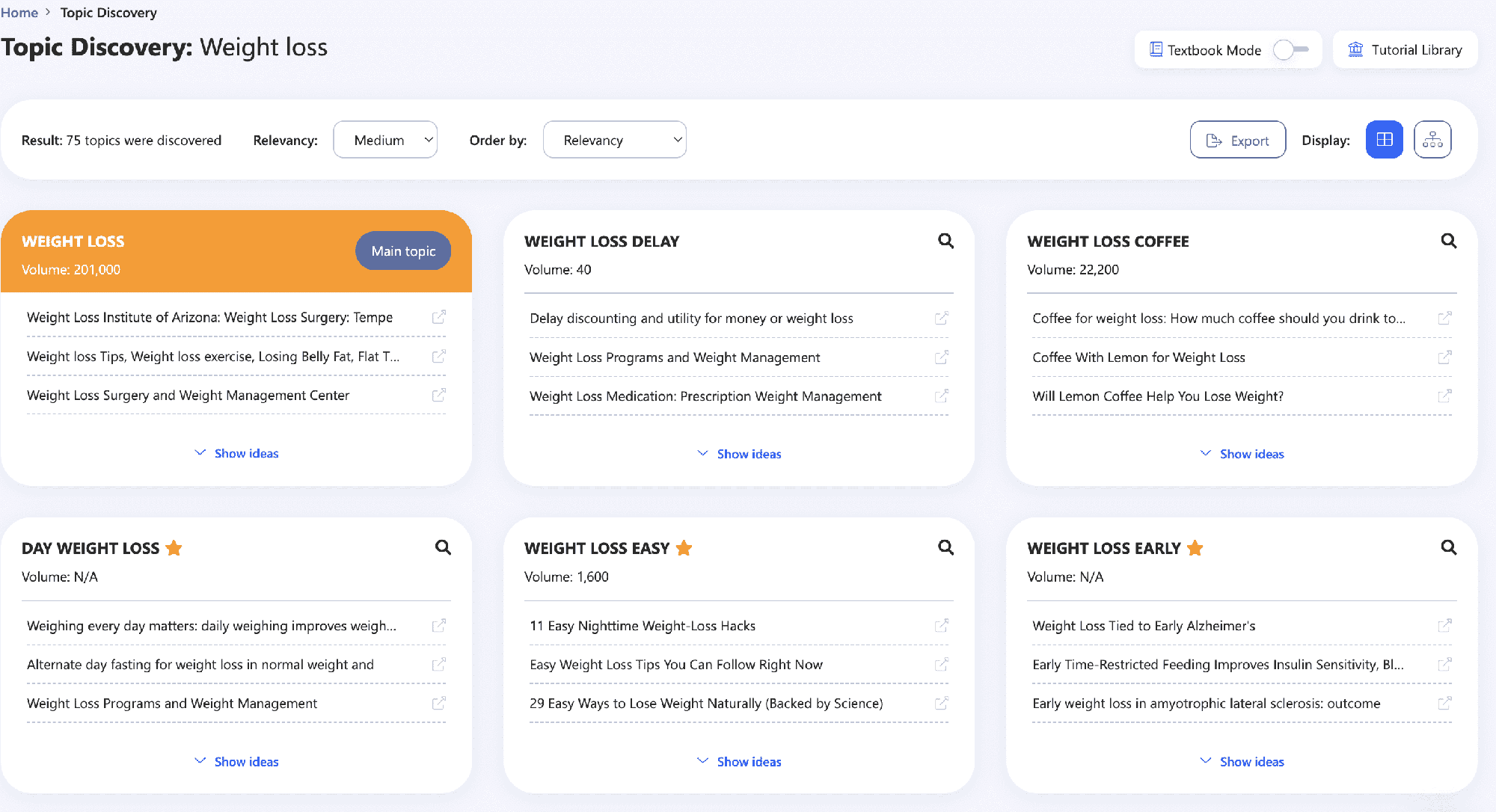Developing an Effective Content Strategy for Your Blog is crucial for achieving your blogging goals and attracting the right audience. A well-thought-out content strategy sets the foundation for creating and distributing valuable content that resonates with your target readers.
By developing a clear plan, you can increase engagement, establish your brand as an authority, and ultimately drive traffic and conversions on your blog.
Developing an effective content strategy for your blog is crucial for achieving your blogging goals and attracting the right audience. It sets the foundation for creating and distributing valuable content that resonates with your target readers. By developing a clear plan, you can increase engagement, establish your brand as an authority, and ultimately drive traffic and conversions on your blog.
Here are 6 engaging takeaways from this article:
- A well-thought-out content strategy serves as a roadmap for your blog, helping you define your goals, target audience, and key messages.
- Understanding your audience’s preferences, interests, and pain points allows you to create content that resonates with them and attract the right audience.
- Consistently providing valuable and insightful content helps establish credibility, gain trust, and position yourself as an expert in your niche.
- By optimizing your content for search engines and promoting it through various channels, you can drive traffic to your blog and increase its visibility.
- Regularly monitoring metrics such as page views, engagement rates, and conversion rates provides insights into what is working and what needs improvement.
- Developing an effective content strategy involves defining your blog’s objectives, identifying your target audience, conducting market research, generating blog post ideas, optimizing for search engines, promoting and distributing your content, and monitoring its performance.
Remember, developing an effective content strategy takes time and effort, but it is essential for the success of your blog. By following the steps outlined in this article, you can create valuable content that resonates with your readers and helps you achieve your blogging goals.
Why You Need an Effective Content Strategy for Your Blog
A content strategy is a roadmap: A content strategy serves as a roadmap for your blog, helping you define your goals, target audience, and key messages. It outlines the types of content you will create, the channels you will use to distribute it, and the metrics you will track to measure its success. Having a clear plan in place ensures that you consistently create content that aligns with your overall objectives.
Attract the right audience: A well-executed content strategy allows you to target your ideal readership. By understanding your audience’s preferences, interests, and pain points, you can create content that resonates with them. This targeted approach helps attract the right audience to your blog and build a loyal following.
Establish your brand as an authority: With a content strategy, you can position yourself as an expert in your niche. By consistently providing valuable and insightful content, you establish credibility and gain the trust of your readers. This leads to increased brand recognition and authority within your industry.
Drive traffic and conversions: An effective content strategy aims to drive traffic to your blog and convert visitors into loyal readers or customers. By optimizing your content for search engines and promoting it through various channels, you can increase your blog’s visibility and reach a wider audience. By providing valuable calls-to-action within your content, you can also guide readers towards desired actions, such as signing up for your newsletter or making a purchase.
Measure and refine your efforts: A content strategy provides a framework for tracking and analyzing the performance of your content. By regularly monitoring metrics such as page views, engagement rates, and conversion rates, you can gain insights into what is working and what needs improvement. This data-driven approach allows you to refine your strategy over time, ensuring that you continually deliver content that meets the needs and interests of your audience.
In conclusion, developing an effective content strategy is a crucial step in achieving success with your blog. It helps you attract the right audience, establish your brand as an authority, and drive traffic and conversions.
By following a clear roadmap and regularly measuring and refining your efforts, you can create valuable content that resonates with your readers and helps you achieve your blogging goals.
Define Your Blog’s Objectives
When it comes to developing an effective content strategy for your blog, one of the first steps is to define your blog’s objectives. This involves determining the goals and objectives you want to achieve with your blog.
Determining Your Blog’s Goals and Objectives
To start, you need to ask yourself why you are creating a blog and what you hope to accomplish with it. Do you want to increase brand awareness, generate leads, drive traffic to your website, or establish yourself as an industry thought leader? Knowing your goals will help you create content that aligns with them.
Once you have determined your overall goals, you can break them down into specific objectives. For example, if your goal is to increase brand awareness, your objectives could be to increase your blog’s organic reach, improve social media engagement, or increase the number of subscribers to your blog.
Identifying Your Target Audience
Another important aspect of developing a content strategy is identifying your target audience. Understanding who your audience is will help you create content that resonates with them and meets their needs.
Start by defining your buyer persona, which is a fictional representation of your ideal customer. Consider their demographics, interests, pain points, and goals. This information will guide you in creating content that speaks directly to your target audience.
In addition to your buyer persona, analyze your website and blog analytics to gather data about your current audience. Look for patterns and trends in demographics, behavior, and preferences. This data will provide valuable insights that can inform your content strategy.
By defining your blog’s objectives and identifying your target audience, you can create a content strategy that is focused, relevant, and effective. Stay tuned for our next blog section, where we will discuss the importance of keyword research and SEO in developing your content strategy.
Conduct Market Research
To develop an effective content strategy for your blog, it’s vital to start with thorough market research. This step will help you gather valuable insights about your target audience and analyze competitor blogs and content. Let’s dive into the details:
Understanding Your Target Audience
In order to create content that resonates with your audience, it’s crucial to have a clear understanding of who your target audience is. Conduct persona research to define your buyer personas and their characteristics. This will enable you to produce relevant and valuable content that they will find interesting and engaging.
Analyzing Competitor Blogs and Content
Analyzing competitor blogs and content can provide you with valuable insights and help you identify gaps and opportunities in your own content strategy. Review their high-level business goals, homepage copy, product or service categories, and overall positioning. This analysis will help you understand their content marketing approach and determine areas where you can differentiate and excel.
Here’s a table to summarize the key points:
| Research Areas | Importance |
|---|---|
| Target Audience Research | Crucial for producing relevant and valuable content |
| Competitor Analysis | Identifying gaps and opportunities in your content strategy |
| Analyzing competitor goals, positioning, and content approach |
By conducting market research and understanding your target audience, as well as analyzing competitor blogs and content, you’ll be equipped with the insights needed to develop an effective content strategy for your blog. Stay tuned for the next section as we explore more steps in creating a successful content strategy.
Content Ideation and Creation

Developing an effective content strategy is crucial for the success of your blog. By strategically planning your content, you can attract and engage your target audience while achieving your business goals. Here are some key steps to consider when developing your content strategy.
Generating Blog Post Ideas
To create impactful blog posts, you need to generate relevant and interesting ideas. Start by understanding your target audience and their needs. Research industry trends, popular topics, and keywords to identify gaps that your blog can fill. Consider using tools like Google Trends or keyword research tools to gain insights.
Once you have a list of potential topics, prioritize them based on their relevance to your audience and their alignment with your business goals. You can also gather input from your audience through surveys, social media polls, or direct feedback.
Creating High-Quality and Engaging Content
To stand out in the crowded blogosphere, your content needs to be of high quality and engaging. Focus on creating unique and valuable content that offers solutions, insights, and practical tips to your audience.
When crafting your blog posts, pay attention to the structure, readability, and relevance. Use clear and concise language, break up the content into sections with subheadings, and incorporate visuals to enhance the user experience.
Make sure to optimize your blog posts for search engines by incorporating relevant keywords, meta descriptions, and internal and external links. This will improve your chances of ranking higher in search engine results and attracting organic traffic.
Remember to proofread and edit your content before publishing to ensure it is error-free and professional. Always aim for consistency, both in terms of tone and branding, across all your blog posts.
By generating compelling blog post ideas and creating high-quality content, you can attract and engage your target audience, establish thought leadership, and drive traffic to your blog.
In the next section, we will explore effective strategies for promoting your blog and maximizing its reach. Stay tuned!
Source:
Keyword Research and SEO

Keyword research is a crucial component of developing an effective content strategy for your blog. By understanding the specific keywords and search terms that your target audience is using, you can optimize your blog posts to rank higher in search engine results pages (SERPs) and attract more organic traffic to your website.
The Importance of Keyword Research in Content Strategy
Keyword research helps you identify the most relevant and popular keywords that are related to your blog topic. This allows you to create targeted and informative content that aligns with what your audience is searching for. By incorporating these keywords into your blog posts, you improve the chances of your content appearing in search results and reaching a wider audience.
To conduct keyword research, you can use various tools such as Google Keyword Planner, SEMrush, or Moz Keyword Explorer. These tools provide valuable insights into search volume, competition, and related keywords, helping you make informed decisions about which keywords to target in your content.
Optimizing Your Blog Posts for Search Engines
Once you have identified your target keywords, it’s essential to optimize your blog posts accordingly. Here are some key strategies for optimizing your blog posts for search engines:
- Incorporate target keywords naturally throughout your content, including in the title, headings, meta description, and body paragraphs.
- Create high-quality and valuable content that answers the questions and provides solutions that your target audience is seeking.
- Use header tags (H1, H2, H3) to structure your content and make it easier for search engines to understand and index.
- Optimize your images by including descriptive alt text and compressing them to improve page load times.
- Build internal and external links within your blog posts to improve overall website authority and enhance the user experience.
- Regularly update and refresh your older blog posts to keep them relevant and up-to-date.
By implementing these on-page SEO strategies, you can improve the visibility and ranking of your blog posts in search engine results, driving more organic traffic to your website.
Effective keyword research and content optimization are essential for developing a successful content strategy for your blog. By understanding your audience’s search behavior and creating targeted, valuable content, you can attract more organic traffic and improve your blog’s visibility in search engine rankings.
Content Promotion and Distribution

In order to maximize the reach and impact of your blog content, it’s essential to have a strategic plan for promoting and distributing it. The following section will guide you on how to create an effective content promotion strategy for your blog.
Creating a Plan for Promoting Your Blog Content
When it comes to promoting your blog content, it’s important to have a clear plan in place. Here are some key steps to include in your strategy:
- Identify your target audience: Determine who your content is intended for and tailor your promotion efforts accordingly. This will help you reach the right people and increase the chances of engagement.
- Leverage social media: Social media platforms like Facebook, Twitter, and LinkedIn can be powerful tools for promoting your blog content. Share your posts, engage with your audience, and consider investing in paid advertising to boost visibility.
- Optimize for search engines: Increase the discoverability of your blog content by implementing search engine optimization (SEO) techniques. Use relevant keywords, optimize meta tags, and build backlinks to improve your ranking in search engine results.
- Engage with other bloggers: Build relationships with other bloggers in your niche by commenting on their posts, sharing their content, and collaborating on joint projects. This can help expand your reach and attract new readers to your blog.
- Utilize email marketing: Develop an email marketing strategy to regularly send your blog content to your subscribers. Personalize your emails and include compelling subject lines to increase open rates.
- Guest posting: Contribute guest posts to authoritative websites in your industry. This not only helps establish you as an expert but also allows you to reach a wider audience and attract new readers to your blog.
- Repurpose your content: Repurpose your blog content into different formats such as videos, infographics, or podcasts. This allows you to reach new audiences and extend the lifespan of your content.
- Monitor and analyze: Regularly track the performance of your blog posts and promotion efforts. Use analytics tools to measure engagement, conversions, and other key metrics. This data will help you refine your strategies and improve your results over time.
Remember, a successful content promotion strategy requires consistency, creativity, and adaptability. Experiment with different tactics, monitor the results, and adjust your approach as needed. With a well-executed promotion plan, you can effectively increase the visibility and impact of your blog content.
Content Monitoring and Analysis
Developing an effective content strategy for your blog requires continuous monitoring and analysis of your content’s performance. Tracking the performance of your blog content is essential to understand what works and what doesn’t. By gathering data and insights, you can make informed decisions on how to optimize and improve your blog content to drive better results.
Tracking the Performance of Your Blog Content
To track the performance of your blog content, you need to define specific metrics that align with your content goals. Here are some key metrics to consider:
Pageviews: This metric measures the total number of times a particular page on your blog was visited. It helps you understand which topics or articles attract the most audience attention.
Unique Visitors: The number of unique individuals who visit your blog within a specified time frame. Evaluating the number of unique visitors helps you gauge the scope and reach of your audience.
Bounce Rate: This metric indicates the percentage of visitors who leave your blog after viewing only one page. A high bounce rate may suggest that your content is not engaging or relevant enough to retain readers.
Time on Page: This metric measures the average amount of time visitors spend on a particular page. It helps you determine if your content is capturing and holding readers’ attention.
Shares and Comments: These engagement metrics show how well your content resonates with your audience. High shares and comments indicate that your content is valuable and encourages interaction.
Using Analytics and Data to Make Improvements
Data-driven insights from analytics can help you make informed decisions to improve your content strategy. Here’s how you can use analytics and data:
Identify High-Performing Content: Analyze the metrics mentioned above to identify your top-performing blog posts. Look for patterns and themes that resonate with your audience, and use this information to create similar content in the future.
Optimize Low-Performing Content: Identify blog posts with low engagement or high bounce rates, and analyze the reasons behind their underperformance. Revise and update the content to make it more compelling and relevant to your audience.
Track Conversion Metrics: If your blog has specific conversion goals, such as newsletter sign-ups or product purchases, track the conversion metrics to understand the effectiveness of your call-to-action strategies.
Analyze Audience Demographics: Use analytics to gain insights into your audience’s demographics, interests, and behavior. Understanding your audience better can help you tailor your content to their preferences and needs.
By continuously monitoring and analyzing your blog content’s performance, you can make data-driven decisions to optimize your content strategy. This will enable you to create valuable and engaging content that resonates with your audience, drives traffic, and achieves your blog’s goals.
Content Calendar and Organization
Developing an effective content strategy for your blog is crucial for maintaining consistency and engaging your audience. One essential tool that can help you stay organized and on track is a content calendar.
Creating a Content Calendar for Your Blog
A content calendar is a visual representation of your planned blog posts and their respective publishing dates. It helps you map out your content in advance and ensures that you have a steady stream of fresh and relevant posts. Here are some steps to create an effective content calendar:
- Set your goals: Determine the objectives you want to achieve with your blog content. Whether it’s driving traffic, generating leads, or establishing thought leadership, your goals will shape the type of content you create.
- Identify your audience: Understand who your target audience is and what interests them. Conducting keyword research and analyzing your website analytics can help you identify popular topics and keywords to target.
- Choose your calendar format: Decide on the format that works best for you. It could be a simple spreadsheet, a digital calendar app, or a dedicated content management tool. The key is to use a format that allows you to easily track and update your content.
- Plan your content: Brainstorm ideas for your blog posts and categorize them based on themes or topics. Consider incorporating a mix of evergreen content and timely, relevant posts to keep your audience engaged.
- Determine your publishing schedule: Decide how often you want to publish new blog posts. Whether it’s weekly, bi-weekly, or monthly, be realistic and consistent with your schedule. This will help you manage your time effectively and maintain a regular publishing routine.
- Assign responsibilities: If you have a team working on your blog, assign each member specific tasks and deadlines. Clearly communicate expectations and ensure that everyone is aware of their responsibilities.
- Track your progress: Regularly update your content calendar with the status of each blog post. Keep track of what has been written, edited, scheduled, and published. This helps you stay organized and ensures that each post goes through the necessary stages before going live.
By creating a content calendar, you can streamline your content creation process, ensure a consistent publishing schedule, and improve the overall organization of your blog. Stay focused, plan ahead, and watch your blog thrive with a well-executed content strategy.
Conclusion
Developing an effective content strategy is crucial for the success of your blog. It helps you create meaningful, engaging, and sustainable content that attracts your target audience. By defining your goals, researching your audience, focusing on your niche, measuring your results, and listening to your customers, you can create a content strategy that aligns with your business objectives and delivers desired outcomes.
A well-designed content strategy provides clarity and purpose to your content creation process. It allows you to plan your content based on the needs of your organization and your customers, select the appropriate channels, and allocate responsibilities effectively. With a cohesive strategy in place, you can consistently produce high-quality content that resonates with your audience and helps you achieve your goals.
Remember to keep your brand identity in mind throughout the content creation process. Consistency and reliability are key to building trust with your readers. Additionally, leverage tools and analytics to analyze the effectiveness of your content, identify areas for improvement, and continuously optimize your strategy.
Developing an effective content strategy can be challenging, but it is well worth the effort. By following the steps outlined in this blog post, you can enhance your content marketing efforts, attract new prospects, and ultimately drive the growth of your blog.
In the next blog section, we will explore the importance of developing an effective content strategy in more detail. Stay tuned!





